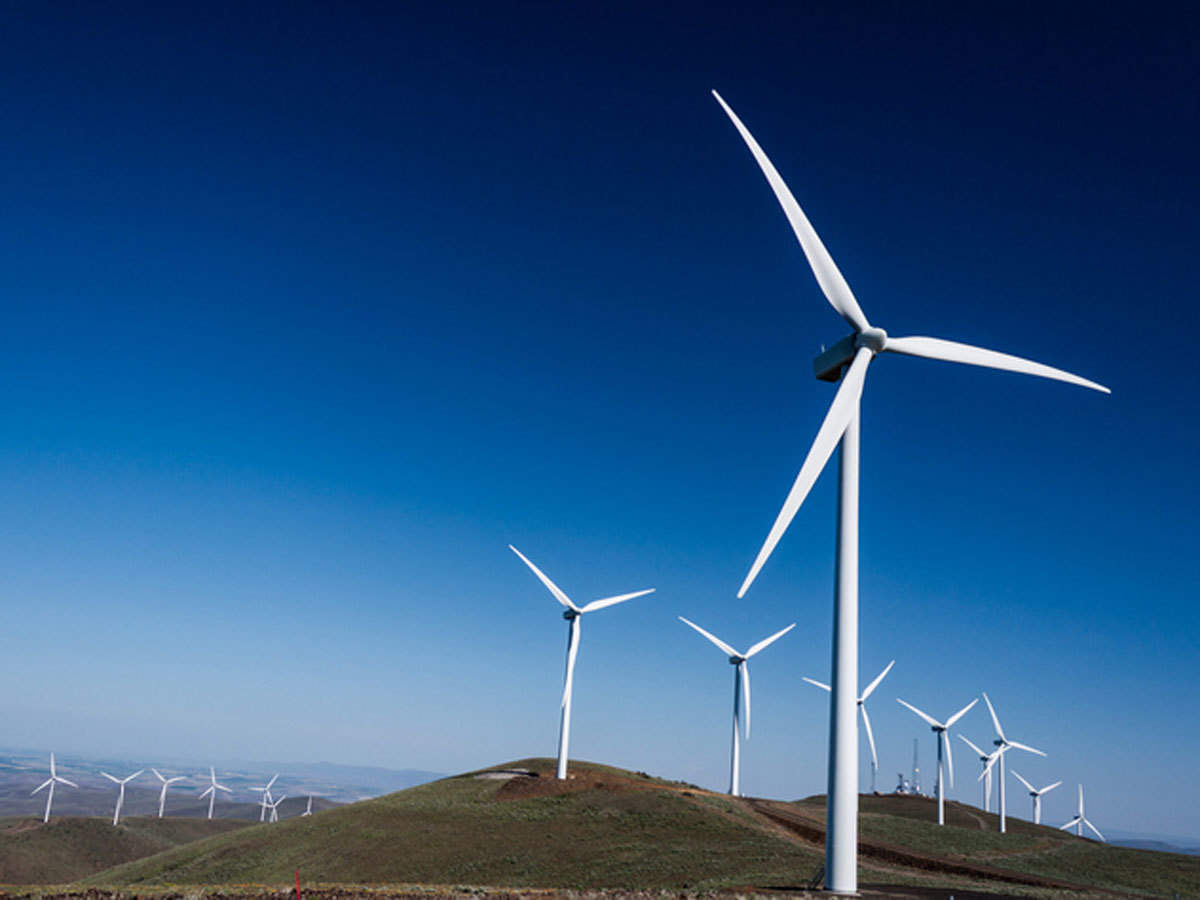In Short : Onshore wind stands out as the UK’s most cost-effective power source, challenging the notion that it should exclusively cater to corporations. Advocates argue for broader accessibility, emphasizing its potential to provide affordable and sustainable energy solutions for a more inclusive and resilient national power grid.
In Detail : “BY 2015, large-scale onshore wind had become the UK’s cheapest source of power. But the industry’s response was, ‘well, we’ll sell our power to Google or Facebook or Amazon under long-term contracts’.
“Well, that’s great if you’re a massive corporate, but what about me as an individual? I can’t directly access the UK’s cheapest source of power.”
That dilemma inspired Sarah Merrick to quit her executive job at Vestas – the world’s largest wind turbine manufacturer – and set up her own firm looking to make cheaper renewable energy available to everyone.
In 2017, she founded Ripple Energy, a firm which will in early 2024 connect the UK’s “largest consumer-owned wind farm” to the grid.
The Kirk Hill site, at Kirkoswald in Ayrshire (above), is co-owned by some 5500 people through a co-op managed by Merrick’s firm. Each paid around £1700 for their share.
“Individuals, they don’t know how to negotiate a turbine contract. They don’t know how to do due diligence on a project. So we professionalise and we bring all of our expertise so that non-experts can enjoy the benefits,” Merrick says.
“Our whole mission is to make green energy ownership – and it’s the ownership bit that’s really key – affordable and accessible for everyone.
“The co-op owns the wind farm or solar park, we just manage and facilitate it for people. It’s not like a smoke and mirrors financial product, it is a genuine ownership of an asset.
“They can go and visit their turbine. They can touch it. If you have an open day, they can go and have a look inside. They genuinely own it and the savings on their bills are directly linked to how much their individual share generated the previous month.”
Merrick said that the amount which each household can save off their bills in a year varies according to market prices for energy.
The Ripple chief (below) explained: “You buy your share of the wind farm or solar park, and then your supplier, instead of buying electricity from the market, buys electricity from your wind farm at its low operating cost. Then they pass the savings on to you.
“So our first wind farm, that’s [Graig Fatha in south Wales], members saved on average about £340 last year. In the second operating year, they’re set to save nearly £970 off their electricity bill.
“That’s because prices were really, really high, but the cost of generating electricity from the wind farm doesn’t really change. So they just get more savings applied to their electricity bills when the prices are high.
“The net effect is to lower and stabilise their electricity bills for the 25-year lifetime of a wind farm, or 40-year lifetime of a solar park.”
Without giving much away, Merrick said Ripple has “very big ambitions” and is looking to expand beyond the four sites it currently runs, including Kirk Hill.
Places both within and outwith Scotland are on the table, as well as a potential expansion to countries outside the UK.
“If every single solar park and every single wind farm in the UK was owned by consumers with Ripple’s model, all the grid charges still get paid. All the taxes still get paid,” she said.
“It’s a really scalable way of doing things. You can scale it up to cover the whole market. We’re not saying that will happen, but if you did, there wouldn’t be a kind of big black hole in the energy levy.”

